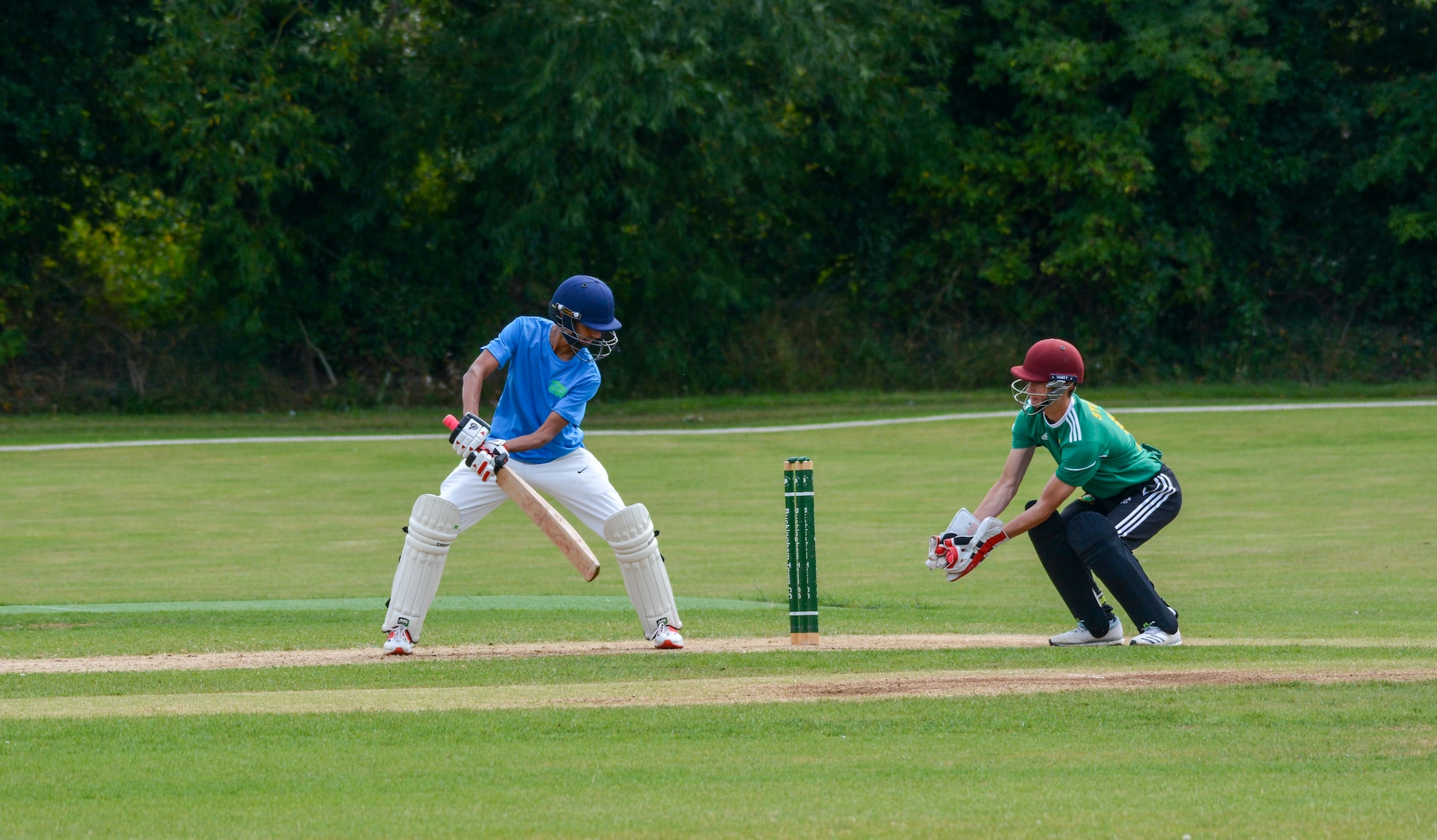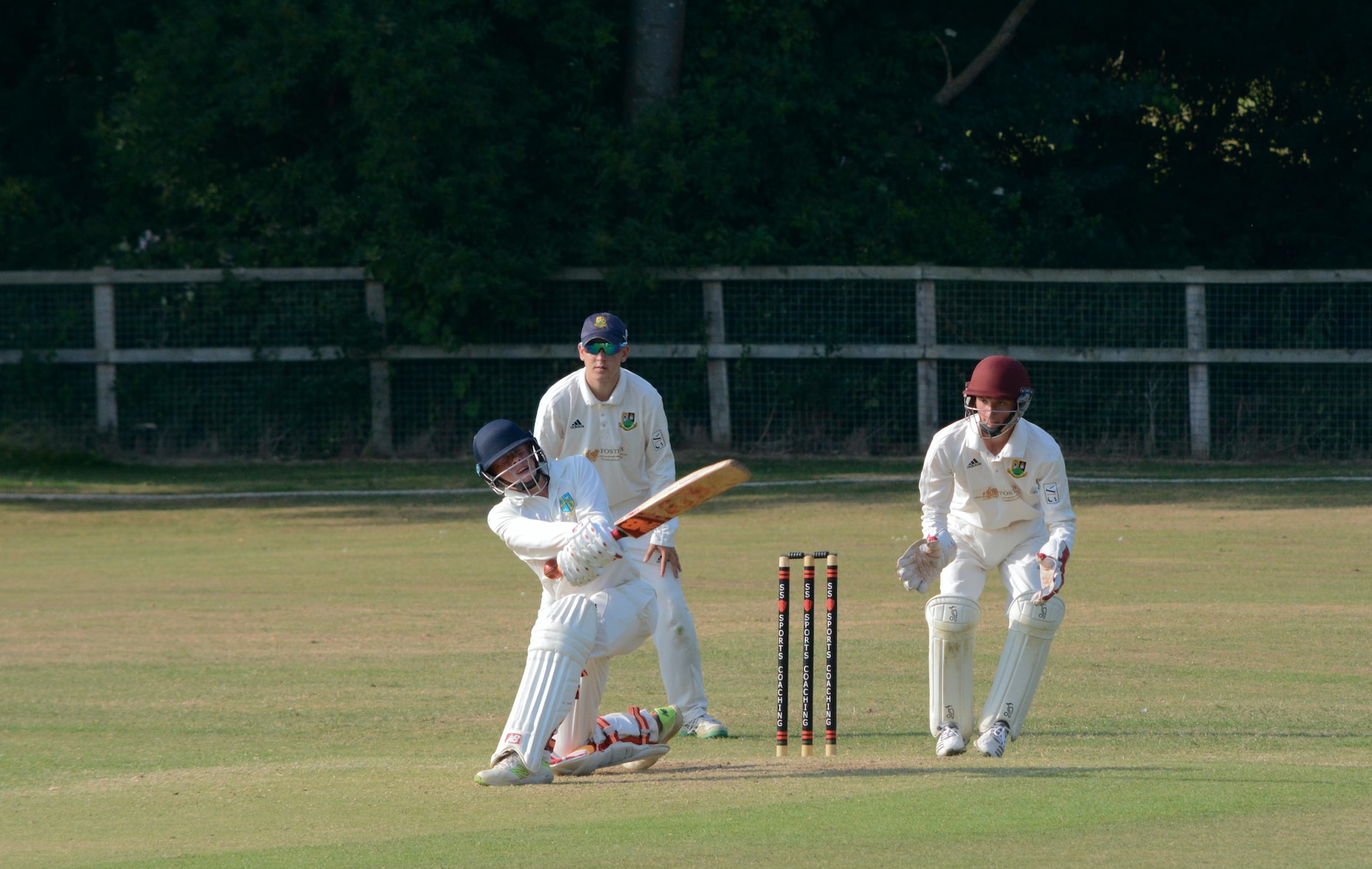Cricket, often dubbed the ‘gentleman’s game’, is a sport steeped in tradition and precision. To master this intricate game, rigorous training and consistent effort are essential. While natural talent plays a role, skill refinement through dedicated practice drills can take a cricketer’s game to unparalleled heights. If you’re an aspiring cricketer or just looking to enhance your game, you’ve landed in the right place. Alongside training, platforms like BetWinner (https://betwinnerlive.com/registration/) offer insights into the professional side of the sport, helping fans and players alike get a comprehensive view.
Fundamentals: Understanding the Game
Before diving into specific drills, understanding cricket’s core principles is pivotal.
- Bowling: The art of delivering the ball to the batsman.
- Batting: Hitting the bowled ball with a cricket bat.
- Fielding: Catching or stopping the ball after the batsman hits it.
Drills for Batting Enhancement
1. Straight Drive Drill
One of the most elegant shots in a batsman’s repertoire, the straight drive requires precision.
Procedure:
- Stand with a correct batting stance.
- Allow the ball to come close to your body.
- Play the ball under your eyes using a straight bat.
2. Pull Shot Drill
For those short-pitched deliveries on the leg side.
Procedure:
- Get onto the back foot quickly.
- Rotate your hips and pivot on the back foot.
- Hit the ball along the ground with a horizontal bat.
Bowling Drills to Perfect Your Deliveries
1. Line and Length Drill
Consistency in bowling is achieved through mastering line and length.
Procedure:
- Mark a specific area on the pitch.
- Aim to land the ball consistently in that area.
- Analyze deviations and adjust your run-up or action accordingly.
2. Swing Bowling Drill
Achieving movement in the air can bamboozle batsmen.
Procedure:
- Use a cricket ball that’s slightly old.
- Maintain a shiny side and a rough side.
- Adjust seam position and wrist position to achieve desired swing.
Fielding Drills: Never Drop a Catch
1. High Catch Practice
Catching high-flying balls can be tricky but is crucial.
Procedure:
- Use a cricket ball or a substitute.
- Throw the ball high into the air.
- Keep your eyes on the ball and catch with soft hands.
2. Ground Fielding Drill
Stopping boundaries and quick pickups can make a difference in tight games.
Procedure:
- Roll the ball along the ground towards the fielder.
- The fielder must get low, stop the ball, and quickly return it.

Incorporating Fitness into Training
A fit body can drastically improve performance. Regular:
- Cardio exercises increase stamina.
- Strength training enhances power in shots and deliveries.
- Agility drills help in quick movements on the field.
Mental Training: Sharpening the Mind for the Game
Just as the physical aspects of cricket are vital, mental fortitude plays a crucial role in a player’s success. Mental strength determines a player’s ability to withstand pressure, make strategic decisions, and stay focused.
Visualization Techniques
Procedure:
- Before sleeping or during quiet moments, visualize yourself playing perfect shots or bowling accurately.
- This mental rehearsal reinforces muscle memory and boosts confidence.
Mindfulness and Meditation
Procedure:
- Dedicate 10-15 minutes daily for meditation.
- Focus on breathing and clear your mind of distractions.
- Over time, this helps in improving concentration during a game.
Team Drills: Enhancing Group Dynamics
Cricket, though it has individual roles, is fundamentally a team sport. These drills focus on improving team coordination and understanding.
Run Between the Wickets Drill
Procedure:
- Set two batsmen at each end of the pitch.
- Call out scenarios (e.g., “quick single,” “two runs”).
- Batsmen should run, responding to the call, focusing on quick turns and communication.
Slip Catching Practice
Procedure:
- Line up 3-4 players in a slip cordon.
- A bowler delivers the ball, and the batsman edges it intentionally.
- The slips practice catching, enhancing their reflexes and group dynamics.
Technological Assistance in Modern Training
The modern era has seen technology’s integration into cricket, assisting players in refining their skills with precise feedback.
Hawk-Eye for Bowlers
Procedure:
- Use the Hawk-Eye system during practice sessions.
- It provides real-time feedback on line, length, and bounce, allowing bowlers to adjust their deliveries.
Bat Sensors for Batsmen
Procedure:
- Attach sensors to the cricket bat’s handle.
- These sensors provide data on shot power, bat angle, and point of contact, offering insights for improvement.

Conclusion
Cricket, though seemingly straightforward, requires a blend of skill, strategy, and physical fitness. By integrating these drills into regular practice sessions, players can see notable improvements in their game. For more in-depth understanding and insights, exploring platforms like Wikipedia’s cricket page can be beneficial.
FAQ
- How often should these drills be practiced?
- Depending on your training schedule, incorporating these drills 3-4 times a week is ideal.
- Can these drills be practiced alone?
- While some drills require partners, many can be adapted for solo training.
- Are there any specific equipments needed?
- Basic cricket gear, such as balls, bats, and protective equipment, is necessary for safety and effective training.